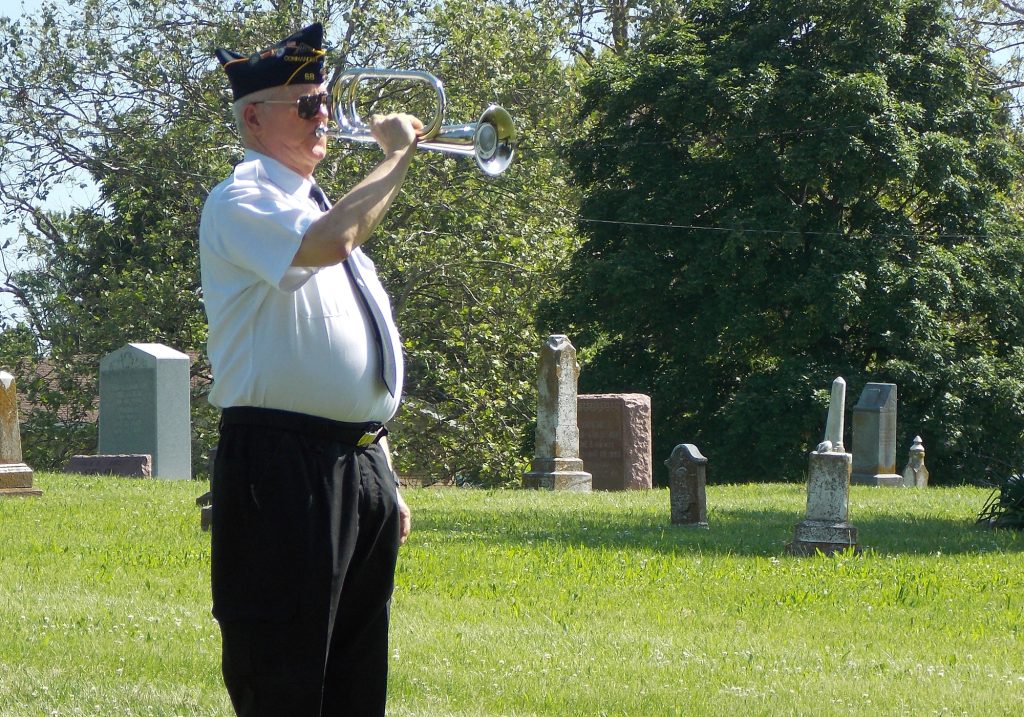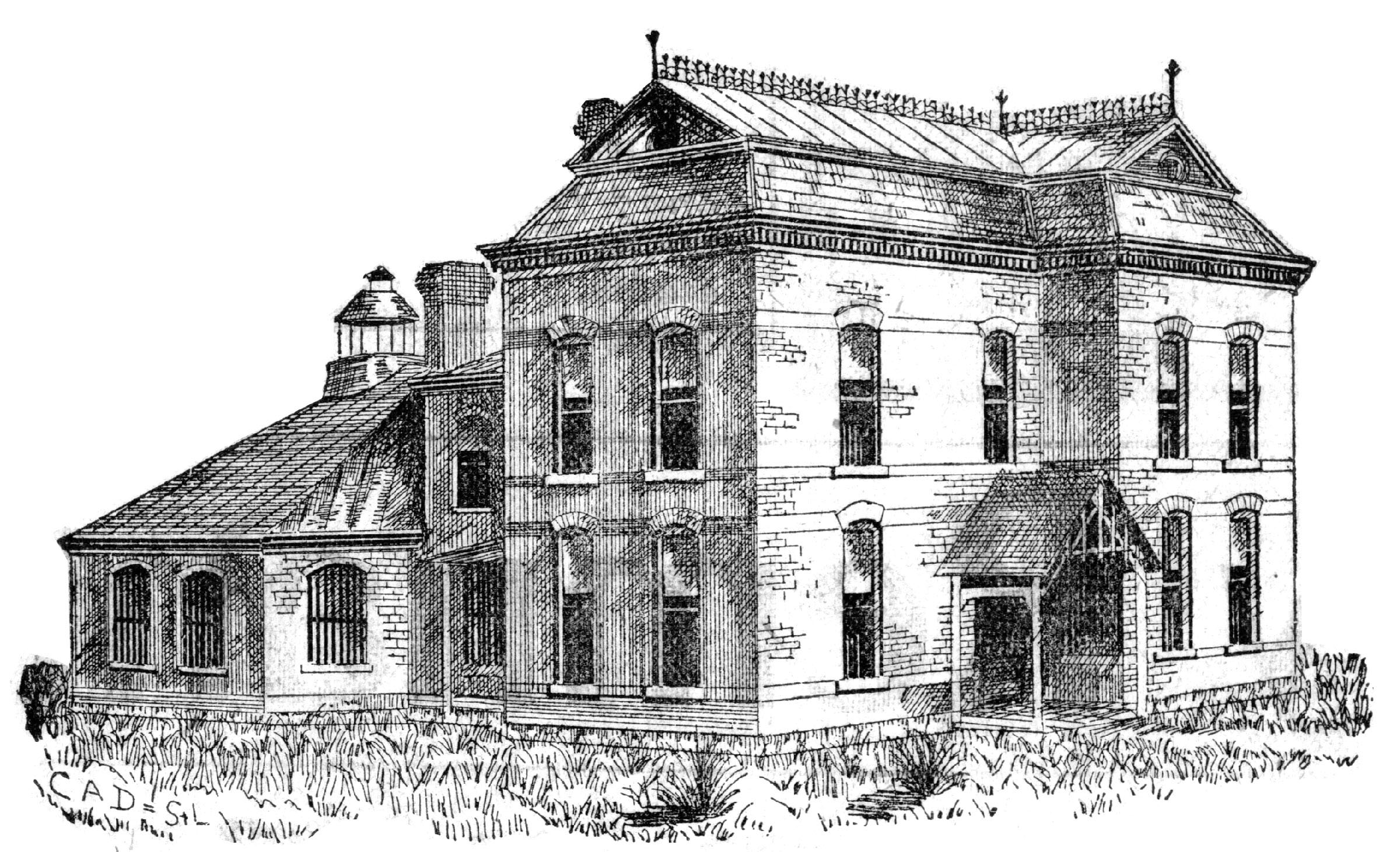The United States had just started to recover from World War II when suddenly the Korean Conflict broke out. Until this week (July 13, 1950) there hadn’t been much talk around the Gallatin, MO, town square about the Korean War. But, it’s different now since the word got back that the Reds were shooting American troops after the Yanks had surrendered.
- Harold Terry and Leo Wheeler are the first two Daviess Countians to enlist since the Korean outbreak. Both were in service during the last war. (July 13, 1950)
- Lt. Nevin McCartney of Jameson is wounded. The first area man to become a battle casualty in the far east. (Aug. 10, 1950)
- No ration controls were imposed at first on behalf of the war, but taxes were expected to rise. (July 20, 1950)
- Eventually a farm scrap drive is on in Daviess County, only now it is under the auspices of the Agricultural Mobilization Committee. (10-25-51)
- President Truman approved production of the hydrogen bomb in 1950
The health and vigor of our domestic economy today and for the past six years is not only a notable achievement of the Truman Administration, but it is our great bulwark against Communistic aggression both at home and abroad. (June 21, 1951 editorial)
Red Scare in Daviess County, MO
The USSR became a major enemy in the Cold War. Senator Joseph McCarthy saw Communists infiltration everywhere. Americans were feeling a sense of national anxiety.
A Daviess County woman fears that criticism of the Red Cross blood program heard in Gallatin on the recent bloodmobile day and since on the streets of Pattonsburg and Coffey might be the result of Communist propaganda. (Jan. 3, 1952) The woman had heard rumors that the blood was not getting to the boys and the Red Cross was making money on the deal. The Gallatin Democrat assured that the rumor was false and stated, “It’s red blood we need, not red words.” (1/3/52)

Preparing for the A-Bomb
“Gallatin should get ready for the A-Bomb, said Capt. Dalton Davis, U.S. naval medical officer, in a speech to Gallatin Rotarians. He warned that the Communists were scattered in large and dangerous numbers throughout this nation, in places where they could do a lot of harm. (July 27, 1950)
Daviess County figures prominently in the evacuation plan for KC in the event of an atomic attack there. According to the data, Daviess County would be expected to provide for 27,000, persons, of whom 15,000 would remain. This is four thousand more than the county’s population. (4-14-55)
The state created a new survival plan in 1958. Daviess County is within easy fallout distance of two major target areas: St. Joseph and Kansas City. Large public buildings would likely be used for hospitals. Billeting in private homes would be the primary method of housing evacuees. “Residents should bear one thing in mind: people fleeing from an atomic attack must be cared for even if nothing else at the time works right. It is a burden of the atomic age and we’d just as well learn to live with it.” (Aug. 21, 1958)
People build bomb shelters in their back yard and worry about surviving. “You didn’t die in the blast, and you escaped fatal dosage of radioactivity, you have only to face the primitive problems of hunger, cold and disease in a world that played 19th Century diplomacy with 20th Century weapons. Worthwhile to start digging?” (March 24, 1955 guest editorial)
The GI Bill: It’s been 10 years since bill enacted by Congress. This has proved the most successful adult education program adopted in this or any other country…(11/25/54)
— from Gallatin newspapers, compiled by Wilbur Bush of Gallatin, MO

“Taps” were played during the Memorial Day service held in 2016 at Lyle Cemetery just west of First Baptist Church in Gallatin, MO. Members of the VFW and VFW Auxiliary, the local Boy Scouts, and others participated.

